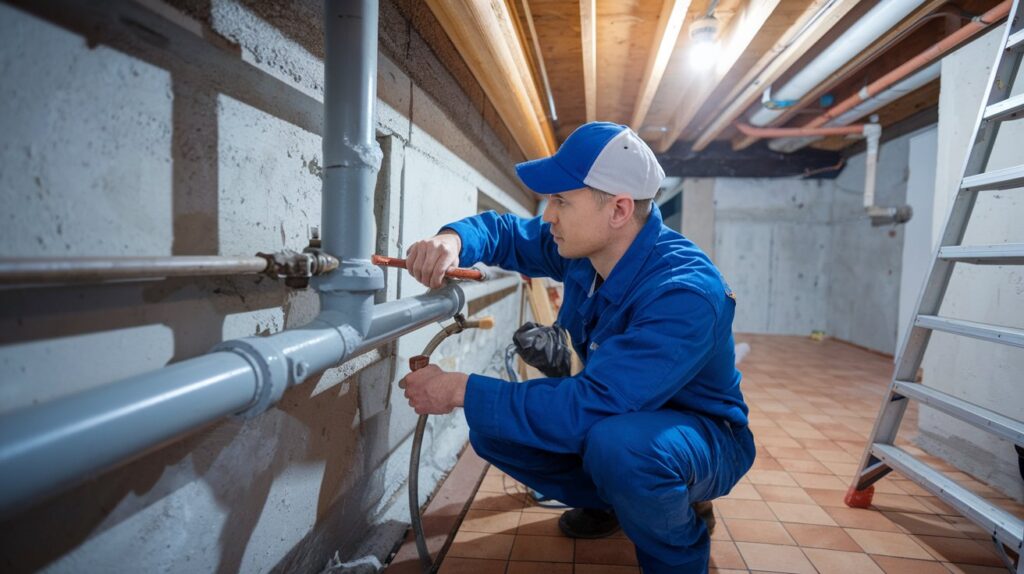Home renovations are exciting opportunities to refresh your living space, boost property value, and improve comfort. But while most people focus on layouts, finishes, and color schemes, one critical element often gets overlooked-plumbing.
Ignoring plumbing during a remodel can lead to costly issues, delays, and even damage that could have been avoided with a little planning. Here’s how to make sure your renovation goes smoothly from the inside out.
Start With a Plumbing Inspection
Before demolition begins, it’s smart to evaluate your current plumbing system. Even if everything appears fine, hidden leaks, corrosion, or outdated materials can cause trouble once construction starts.
Have a licensed plumber:
- Inspect pipes and joints for signs of wear
- Check water pressure and flow rates
- Identify any code compliance issues
- Recommend upgrades for efficiency and safety
Catching these issues early can prevent mid-project surprises.
Coordinate With Your Contractor and Plumber
Design choices like moving sinks, showers, or laundry machines affect plumbing layout. If you make these decisions without consulting a plumber, you risk running into unexpected structural or code problems.
Collaborating with your plumber and contractor from the start ensures:
- Efficient pipe routing to reduce material and labor costs
- Placement of fixtures that meets both aesthetic and functional goals
- Proper planning for future access and maintenance
Upgrade While the Walls Are Open
Renovations offer the perfect chance to replace outdated or problematic pipes. Materials like galvanized steel or aging copper may be hiding behind walls, slowly degrading.
Upgrading to modern options such as PEX or PVC while the space is accessible is faster, cheaper, and less disruptive than making changes later.
Focus on Water Efficiency
New fixtures can improve both the look and performance of your home. Opt for:
- Low-flow showerheads and faucets
- Dual-flush toilets
- Energy-efficient water heaters
- Leak detection sensors for early problem alerts
These upgrades can reduce utility bills and add value to your property.
Protect Your Plumbing During Construction
Renovation sites are busy, and pipes can be damaged by tools, debris, or heavy materials. Protect your system by:
- Capping all open lines
- Covering drains to prevent blockages
- Informing workers about pipe locations behind walls and floors
Test Before Finishing
Before you install the final flooring, cabinets, or wall coverings, have all plumbing tested for leaks, drainage, and pressure. Fixing a hidden problem after everything is sealed can be expensive and time-consuming.
Common Renovation Plumbing Mistakes
Homeowners often make these avoidable errors:
- Forgetting to budget for plumbing changes
- Installing fixtures without checking water supply lines
- Ignoring local codes and permit requirements
- Using unlicensed or inexperienced plumbers
Being proactive helps avoid these costly pitfalls.
Why Professional Help Matters
Plumbing is one of the most important systems in your home, and mistakes can have long-lasting effects. A skilled plumber will ensure your project meets safety standards and functions flawlessly.
If you’re planning a renovation and want a trusted partner to handle plumbing from start to finish, see more about working with experienced professionals who put quality first.
Final Thoughts
A successful home renovation isn’t just about what you see-it’s about what you don’t. Well-designed, properly installed plumbing ensures your upgrades are built to last, letting you enjoy your new space with peace of mind.

